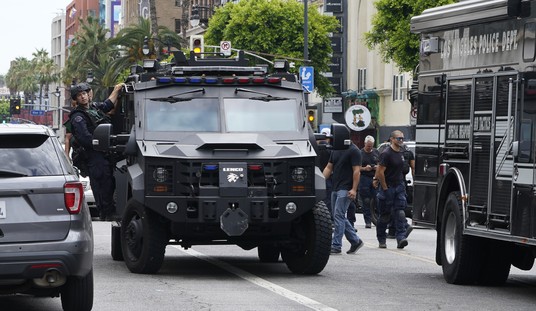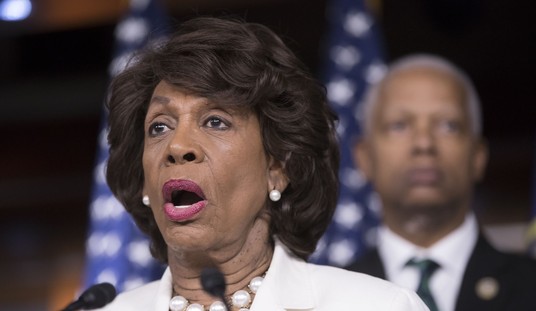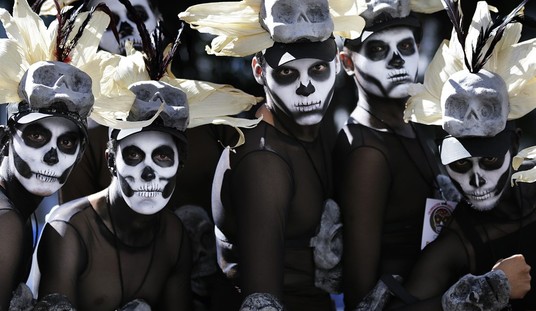
The Supreme Court agreed on Friday to take up a case concerning a transgender high school student in Virginia who is seeking to use the boys’ bathroom at his school. A lower court had ruled in favor of the student, Gavin Grimm, but last summer the Supreme Court agreed to temporarily stay that ruling while it considered an appeal from the Gloucester County School Board.
Grimm and his mother told officials at Gloucester High School in 2014 that although his birth certificate recorded him as a female, he had transitioned to being male and had legally changed his name. The school initially allowed him the use of the boys’ bathroom but reversed course after members of the community expressed concern.
The case drew national attention and raised serious issues concerning religious freedom, students’ privacy and “parents’ right to educate their children.” After the community meetings, the school barred Grimm from the boys’ room but offered him an accommodation — Grimm could use the bathroom in the nurse’s office or newly constructed single stall bathrooms. Subsequently, the school barred Grimm from the boys’ room but offered him an accommodation — Grimm could use the bathroom in the nurse’s office or newly constructed single stall bathrooms.
Grimm, the only student required to use the single stall bathrooms, thought that accommodation was unacceptable. His lawyers filed a lawsuit.
A federal appeals court ruled in Grimm’s favor, deferring to guidance put out by the Obama administration concerning Title IX, a federal law that bans sex discrimination in schools. That guidance, issued by the Departments of Education and Justice, told schools nationwide must allow students to use restrooms and locker rooms that match their gender identity or they could lose federal money under Title IX.
That Obama Administration’s “guidance” was challenged in a federal lawsuit from 13 states. A federal judge in Texas ruled that the administration had failed to follow proper notice and public-comment procedures before creating new guidelines. And that’s the mess that the Supreme Court has agreed to take up.
This is the first time the Supreme Court has considered the controversial issue playing out across the country, most notably in North Carolina, where the Justice Department has filed a civil rights suit against the state’s so-called bathroom law.
The case is Gloucester County School Board v. G.G.












Join the conversation as a VIP Member